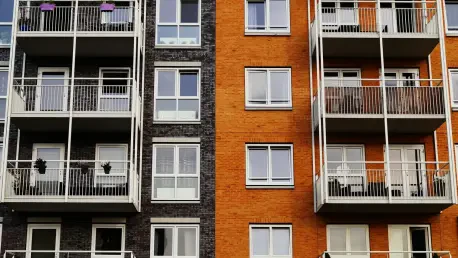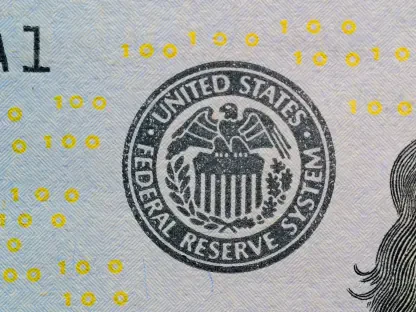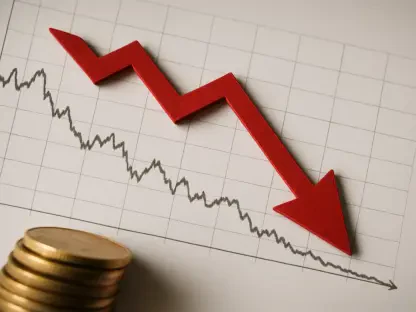In the heart of Victoria, Australia, a seismic shift is underway in the real estate landscape, as the state government unveils a pioneering law to combat deceptive practices that have long plagued prospective homebuyers. This new legislation, slated for implementation next year, compels real estate agents to disclose a property’s reserve price—the minimum amount a seller is willing to accept—at least seven days before an auction or fixed-date sale. The move targets underquoting, a tactic where properties are marketed at unrealistically low prices to draw in bidders, only for the final sale price to skyrocket beyond expectations. For countless Victorians, especially young families and first-time buyers, this practice has bred frustration, wasted time, and shattered dreams of homeownership. As the Allan government champions this reform as a cornerstone of fairness, questions linger about whether revealing reserve prices will genuinely address the deeper inequities in a housing market notorious for its competitiveness and soaring costs.
Tackling Deceptive Practices
The issue of underquoting has been a persistent grievance for homebuyers across Victoria, eroding trust in the real estate sector. Properties are often advertised with price guides that bear little resemblance to the seller’s true expectations, luring hopeful bidders to auctions under false pretenses. State Minister for Consumer Affairs Nick Staikos has condemned this as both dishonest and unethical, pointing to the emotional and financial toll it takes on buyers who invest time and resources only to be priced out. The mandated disclosure of reserve prices a week before auctions aims to bridge this gap between expectation and reality, ensuring that advertised ranges reflect a property’s genuine minimum value. This transparency measure is designed to empower buyers with accurate information, allowing them to approach auctions with a clearer sense of what constitutes a viable bid and reducing the likelihood of disillusionment in a market often skewed toward sellers.
Beyond setting a new standard for transparency, the Victorian government is backing this reform with robust enforcement mechanisms to ensure compliance. Real estate agents must update all promotional materials to include the reserve price, eliminating outdated listings or brochures that could mislead potential buyers. Failure to adhere to these rules will halt auctions or sales, underscoring the seriousness of the mandate. Additionally, the permanent Underquoting Taskforce plays a pivotal role, conducting inspections of agency offices, monitoring auction processes, and imposing hefty fines for violations—having already levied over $2.3 million for 200 breaches. Public involvement is encouraged through a dedicated reporting platform, fostering a collaborative effort to root out deceptive practices. While this framework signals a strong commitment to change, the effectiveness of enforcement in curbing entrenched industry habits remains a critical point of scrutiny as the rollout approaches.
Stakeholder Perspectives and Critiques
The introduction of the reserve price disclosure rule has sparked a spectrum of reactions from various corners of Victoria’s housing ecosystem, revealing both optimism and skepticism. The Victorian Opposition, under Jess Wilson, acknowledges the intent to enhance transparency but argues that the measure falls short of tackling the root issue of affordability. Knowing a property’s reserve price earlier does little to make homes accessible when the figures often remain unattainable for many buyers. This critique highlights a disconnect between policy goals and the lived reality of escalating costs, suggesting that while the reform addresses one layer of unfairness, it sidesteps the broader economic barriers that keep homeownership out of reach for younger generations and lower-income families navigating an increasingly expensive market.
Meanwhile, other stakeholders offer nuanced takes that further complicate the narrative surrounding the reform. The Victorian Greens, represented by housing spokesperson Gabrielle de Vietri, support the push for transparency but advocate for even earlier disclosure—ideally at the time of listing rather than just seven days prior to auction. They also point to systemic failures, such as the demolition of public housing, which they argue exacerbates the housing crisis and drives prices higher. On the other hand, the real estate industry, through Toby Balazs of the Real Estate Institute of Victoria, voices concern over what they term an “overcorrection.” They contend that the rule could disadvantage sellers by limiting their ability to maximize returns in a competitive market, urging a more balanced approach that protects both buyer clarity and seller interests. These divergent views underscore the challenge of crafting a policy that satisfies all parties in a deeply polarized housing landscape.
Market Realities and Broader Challenges
Against the backdrop of this legislative change, Victoria’s housing market continues to grapple with staggering price growth that threatens to undermine any gains from transparency reforms. According to the Domain Forecast Report 2026, Melbourne house prices are projected to surge by 6 percent to a median of $1,170,168, while unit prices are expected to rise by 4 percent. Nationally, similar trends fueled by lower interest rates, expanded deposit schemes, and growing household incomes point to heightened demand in the coming year. For critics of the reserve price rule, these forecasts reinforce a sobering point: knowing the minimum sale price does not equate to affordability when median values are prohibitively high. This reality casts doubt on whether the reform can meaningfully alter the dynamics of a market where financial barriers, rather than lack of information, remain the primary obstacle for many aspiring homeowners.
The reserve price disclosure mandate is not an isolated effort but part of a suite of recent updates aimed at refining real estate practices in Victoria. Stricter guidelines for selecting comparable properties to establish price ranges seek to provide buyers with a more accurate sense of a property’s worth before they commit to the bidding process. However, while these complementary measures chip away at deceptive advertising, they do little to address systemic challenges such as limited housing stock, economic pressures, and relentless price inflation. The government’s emphasis on transparency is a commendable starting point, yet as stakeholder feedback suggests, it represents only a fraction of the solution needed to create a truly equitable housing environment. Without parallel strategies to curb rising costs and expand access, the impact of these reforms risks being overshadowed by the sheer scale of Victoria’s affordability crisis.
Reflecting on the Path Forward
Looking back, the implementation of Victoria’s reserve price disclosure rule marked a pivotal moment in the state’s efforts to reform a real estate market long criticized for opacity. The legislation, supported by stringent enforcement through the Underquoting Taskforce and public reporting mechanisms, sought to dismantle the harmful practice of underquoting that left countless buyers disillusioned. Yet, resistance from industry players and pointed critiques from political groups revealed the complexity of balancing transparency with seller rights and affordability concerns. As house prices continued their upward trajectory, the limitations of this reform became evident, highlighting that clarity alone could not bridge the financial chasm facing many Victorians.
Moving ahead, the focus must shift toward integrating transparency measures with comprehensive policies that directly tackle housing accessibility. Initiatives like increasing affordable housing stock, revisiting tax incentives, and addressing economic disparities could complement the reserve price rule, creating a more holistic approach. Collaboration between government, industry, and community stakeholders will be essential to refine enforcement and address gaps exposed by early critiques. Only through such multifaceted efforts can Victoria hope to transform its housing market into one where fairness is not just a policy goal, but a tangible reality for all.









